I'm trying to generate a cloud of 2D points (uniformly) distributed within a triangle. So far, I've achieved the following:

The code I've used is this:
N = 1000;
X = -10:0.1:10;
for i=1:N
j = ceil(rand() * length(X));
x_i = X(j);
y_i = (10 - abs(x_i)) * rand;
E(:, i) = [x_i y_i];
end
However, the points are not uniformly distributed, as clearly seen in the left and right corners. How can I improve that result? I've been trying to search for the different shapes too, with no luck.


